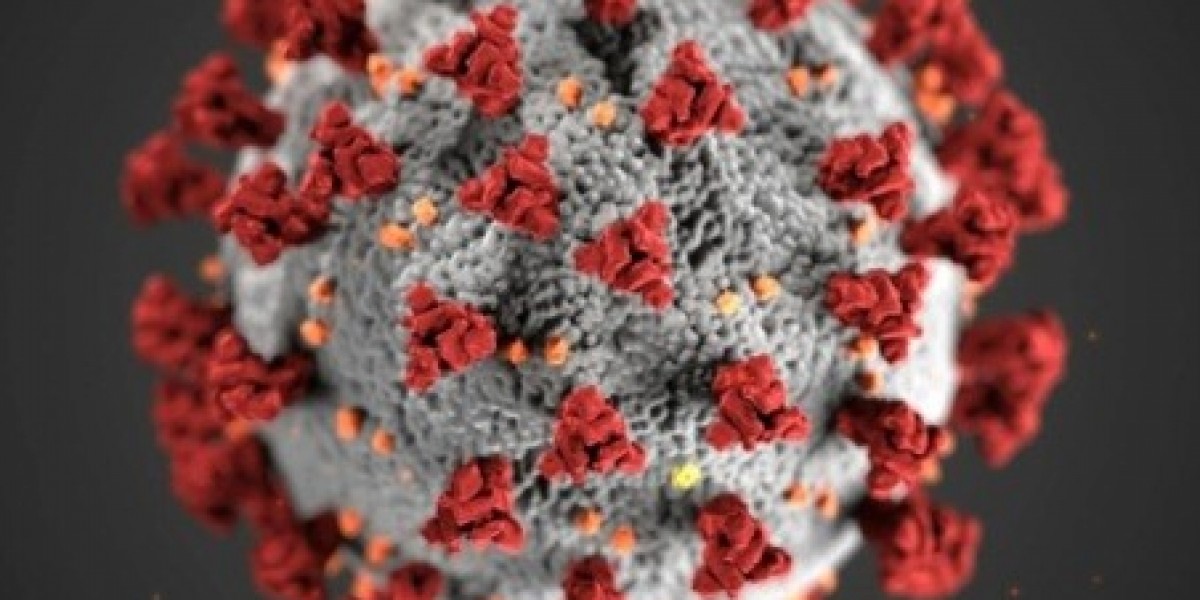It wasn’t too long ago that high-precision molecular diagnostics were locked behind the doors of central labs. Today, thanks to the rise of Nucleic Acid Amplification Testing (NAAT) at the point of care (POC), we’re witnessing a quiet but powerful revolution in the way we detect diseases — right where the patient is.
Whether it’s a rural health center with limited infrastructure or a busy urban ER, NAAT-based point-of-care testing is bridging the gap between diagnosis and timely treatment like never before.
What Makes NAAT a Game-Changer?
At its core, NAAT works by amplifying tiny amounts of DNA or RNA from pathogens — such as viruses, bacteria, or parasites — to detectable levels. Techniques like Polymerase Chain Reaction (PCR), Loop-mediated Isothermal Amplification (LAMP), and Transcription-Mediated Amplification (TMA) fall under this umbrella.
The advantage? Extreme sensitivity and specificity. NAAT can detect the presence of an infection when traditional tests would still return a false negative. It’s the difference between catching an outbreak early… or missing it entirely.
The Rise of Portable and User-Friendly Platforms
Traditionally, NAAT was a lab-only technology — slow, expensive, and heavily reliant on skilled technicians. Fast forward to 2025, and we now have compact, battery-operated NAAT systems that deliver results in under 30 minutes. Companies have rolled out cartridge-based platforms and microfluidic NAAT devices that require little more than a swab and a button press.
Imagine walking into a community clinic with flu-like symptoms. Instead of waiting two days for your sample to reach a central lab, you get a result in 20 minutes. That’s not futuristic — it’s the new standard.
Changing Lives in Remote and Underserved Areas
The impact of point-of-care NAAT is especially profound in low- and middle-income countries where centralized labs are scarce. For diseases like tuberculosis, HIV, or hepatitis, early diagnosis is everything.
Take the example of a remote village in sub-Saharan Africa. A healthcare worker equipped with a solar-powered NAAT device can now test and diagnose patients on-site — ensuring treatment starts the same day. This removes the traditional barriers of distance, delay, and cost that have plagued public health systems for decades.
NAAT at the Frontlines of Outbreak Response
The COVID-19 pandemic taught us many lessons — one of the biggest being that speed saves lives. Point-of-care NAAT testing played a critical role in pandemic surveillance, and in 2025, that same infrastructure is being used for other emerging diseases like avian influenza or dengue.
Thanks to portable NAAT platforms, field epidemiologists can now respond to outbreaks faster than ever, stopping disease spread before it spirals out of control.
Diagnostic Confidence in Minutes, Not Days
What sets point-of-care NAAT apart from rapid antigen tests is reliability. While both offer quick results, NAAT maintains lab-grade accuracy in a fraction of the time. In situations like STI screening or neonatal sepsis, where decisions must be made fast and confidently, NAAT offers peace of mind to both clinicians and patients.
Barriers and Opportunities
That said, challenges still remain. Cost, cold chain logistics, and quality control can still hinder adoption in certain areas. However, 2025 has brought increased investment in reagent-free, room-temperature stable kits, and AI-driven interpretation software that make NAAT even more accessible and scalable.
As governments, NGOs, and health tech companies collaborate, the gap between lab and field continues to shrink.
Looking Ahead: The Future of On-the-Spot Molecular Testing
With the fusion of smart diagnostics, telemedicine, and real-time disease reporting, NAAT is evolving beyond just a testing tool. It’s becoming a public health sentinel — alerting authorities to outbreaks, guiding antibiotic stewardship, and even informing predictive models for seasonal disease patterns.
We’re not just decentralizing diagnostics; we’re democratizing them.
Browse More Reports:
Non-energy-based Aesthetic Device









